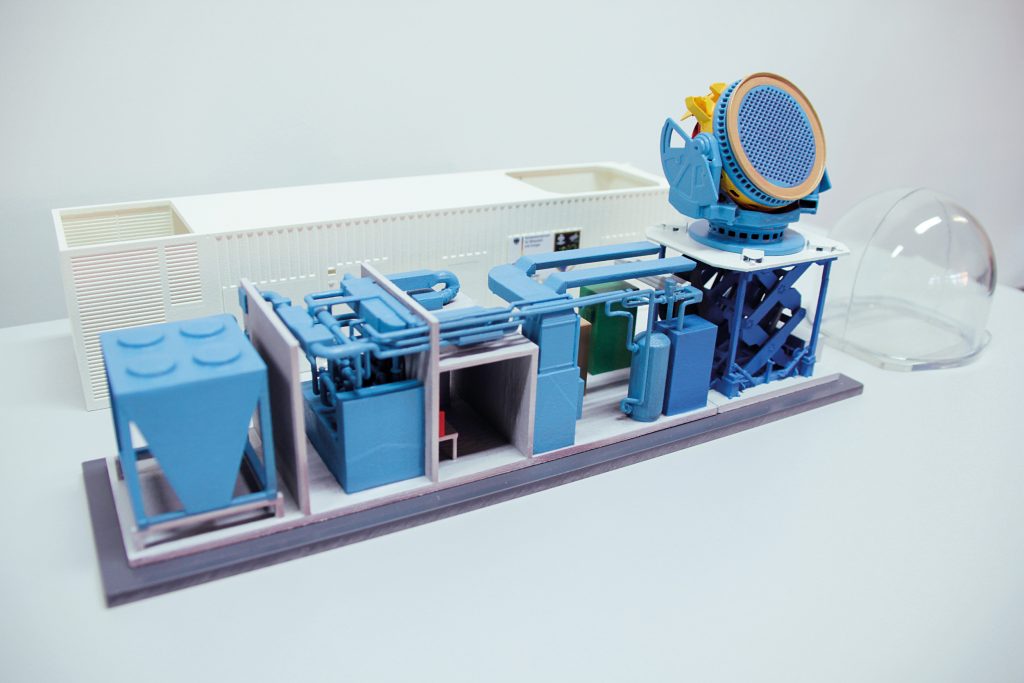Experimental space monitoring radar
GESTRA (German Experimental Space Surveillance and Tracking Radar) is an experimental space monitoring radar designed to record the orbital data of satellites and debris in Low Earth Orbit at an altitude of between 300 and 3000 kilometres. It is expected to conduct its frst measurements from 2019. The radar is operated by the joint DLR and German Air Force Space Situational Awareness Centre in Uedem. GESTRA is also intended to work in conjunction with other large-scale facilities, such as the space observation radar, TIRA, or the radio telescope, Effelsberg, in order to expand expertise in so-called bi- and multi-static radar operation. This is based on the radar supported observation of objects in space, involving several, spatially separated transmitters and receivers. Smaller objects, in particular, can therefore be more easily detected and more accurately determined. There are around 16,000 recorded and catalogued space debris objects, usually with a diameter of at least 10 centimetres. The largest accumulation of space debris is located at an altitude of around 900 kilometres, the site of frequently used orbits. We estimate that there are a total of 29,000 objects larger than 10 cm, 750,000 objects larger than 1 cm and 150 million objects larger than 1 mm.
The GESTRA data will be made available to research institutions in Germany, and form the basis of future developments in operational space surveillance. GESTRA is also a major step towards implementing the German government’s space strategy, which places a great deal of importance on establishing its own capacity to continuously record the space situation, including in an international context. The ability to continuously monitor space objects in order to prevent the collision of satellites and other objects is therefore being systematically developed and expanded in Germany.
German Aerospace Center (DLR)
Gerald Braun · E-Mail: gerald.braun@dlr.de · DLR.de/en
